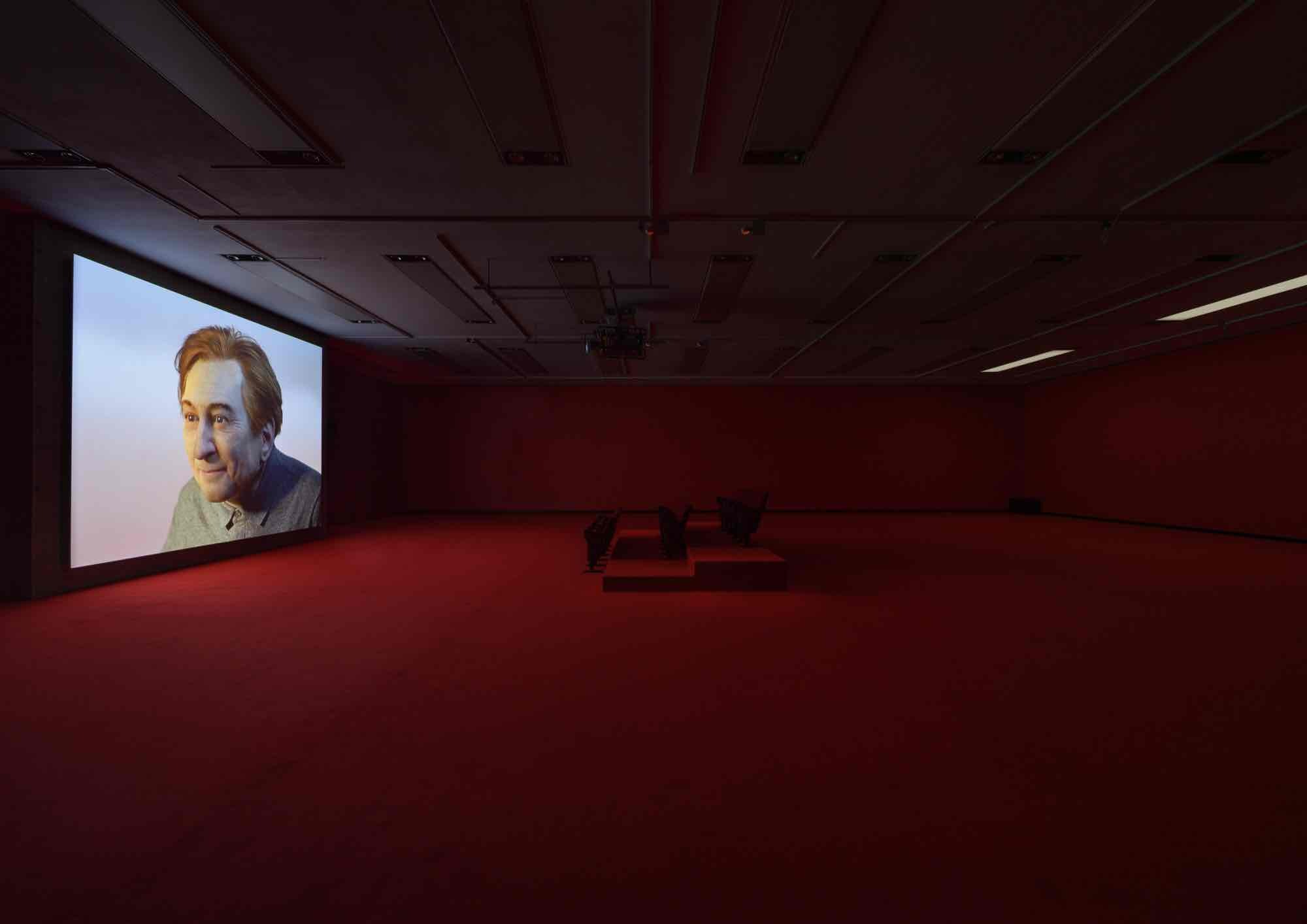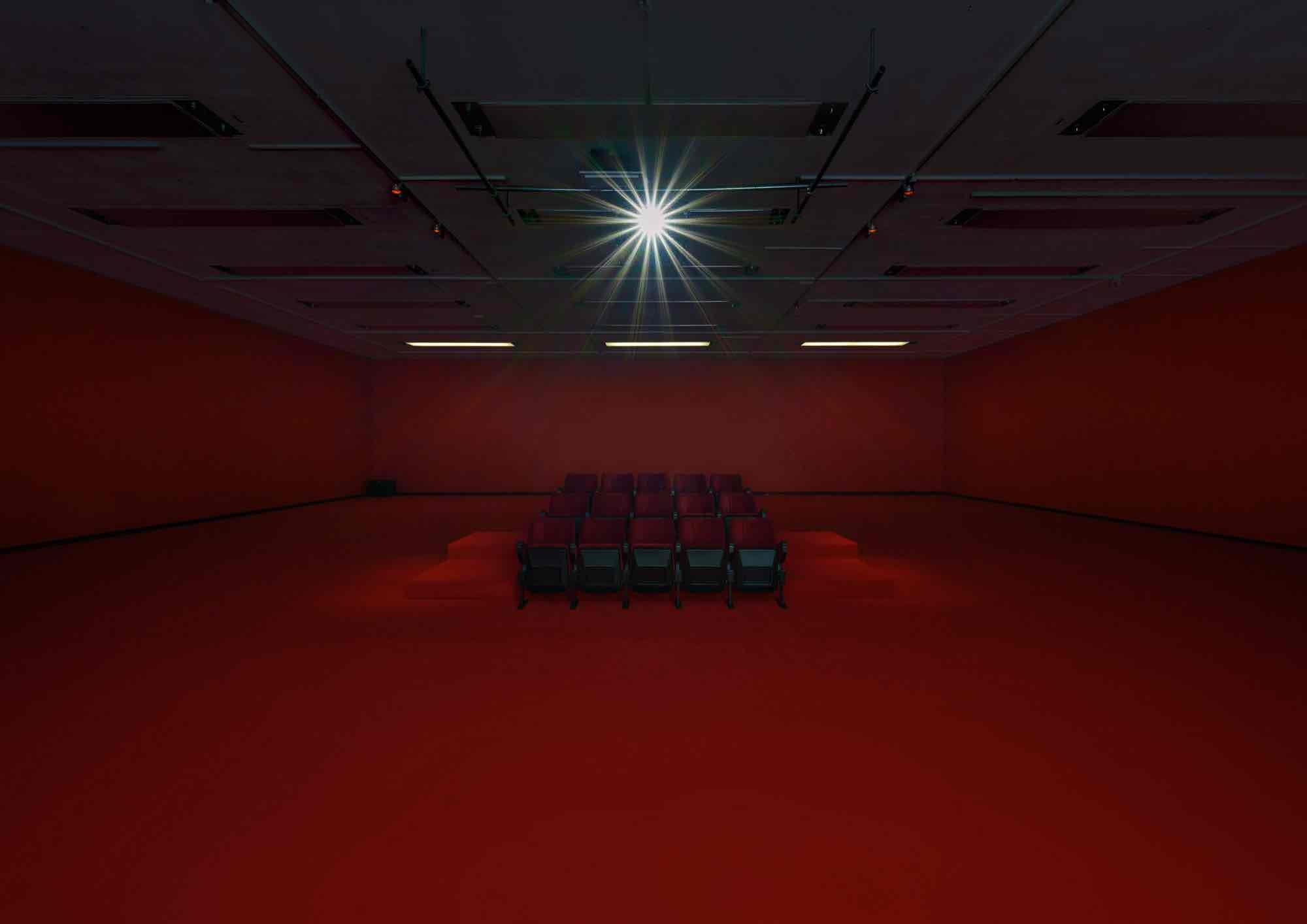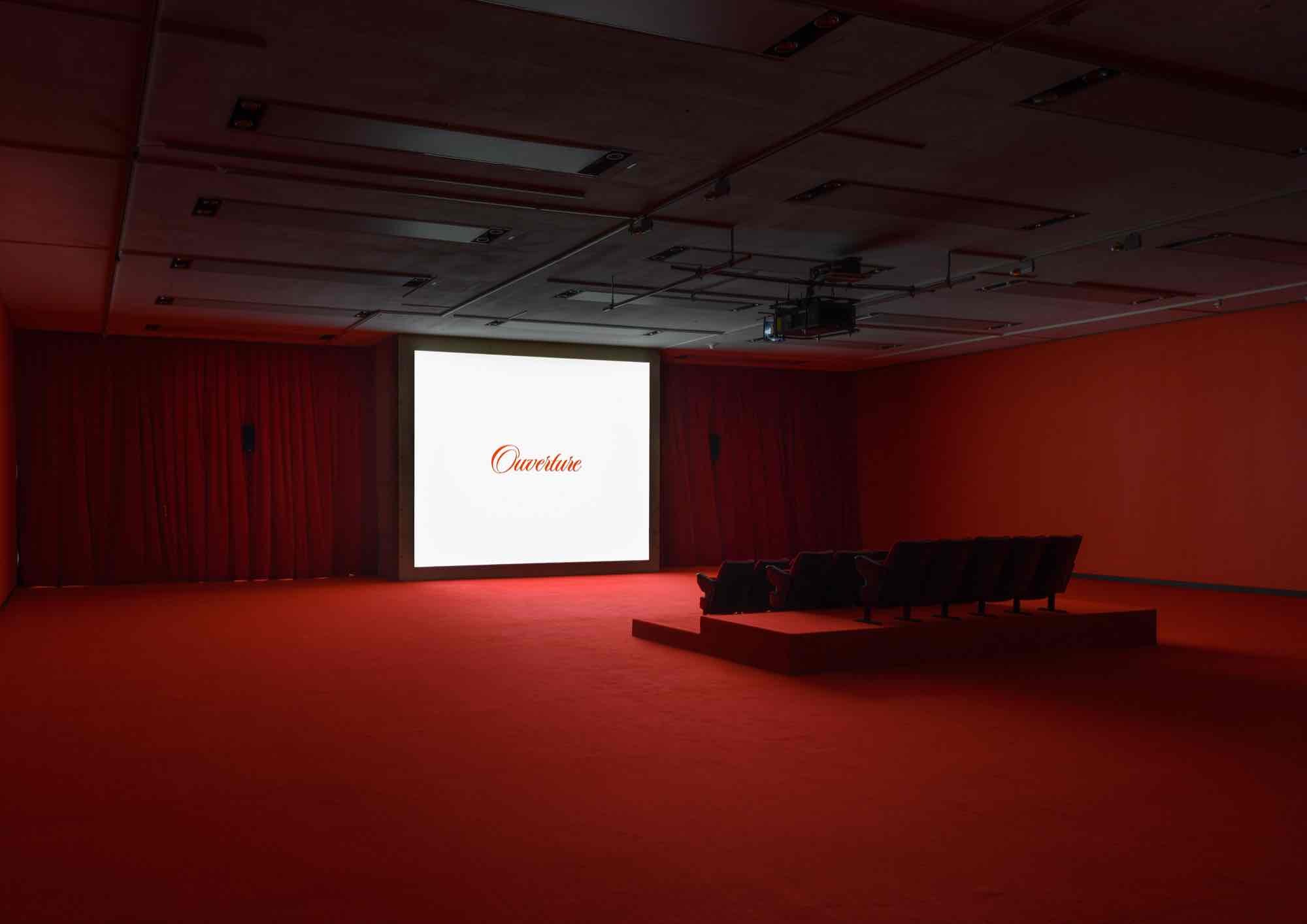Diego Marcon
La Gola
04 Oct 2024 - 02 Feb 2025

Installation view: Diego Marcon. La Gola, Kunsthalle Wien 2024 © Diego Marcon. Courtesy the artist; Sadie Coles HQ, London; Galerie Buchholz, Berlin/Cologne/New York; photo: Iris Ranzinger

Installation view: Diego Marcon. La Gola, Kunsthalle Wien 2024 © Diego Marcon. Courtesy the artist; Sadie Coles HQ, London; Galerie Buchholz, Berlin/Cologne/New York; photo: Iris Ranzinger

Installation view: Diego Marcon. La Gola, Kunsthalle Wien 2024 © Diego Marcon. Courtesy the artist; Sadie Coles HQ, London; Galerie Buchholz, Berlin/Cologne/New York; photo: Iris Ranzinger

Installation view: Diego Marcon. La Gola, Kunsthalle Wien 2024 © Diego Marcon. Courtesy the artist; Sadie Coles HQ, London; Galerie Buchholz, Berlin/Cologne/New York; photo: Iris Ranzinger

Installation view: Diego Marcon. La Gola, Kunsthalle Wien 2024 © Diego Marcon. Courtesy the artist; Sadie Coles HQ, London; Galerie Buchholz, Berlin/Cologne/New York; photo: Iris Ranzinger
Kunsthalle Wien presents the first solo exhibition in Austria by Diego Marcon (b. 1985, Busto Arsizio). The exhibition sees the Kunsthalle’s ground floor space in the MuseumsQuartier transformed into a bespoke theatre to present his new film La Gola (2024). Marcon’s work draws upon different cinematic vocabularies from diverse genres including musicals, melodrama, horror and slapstick comedy. His uncanny, singular imagery employs various technical devices such as robotics, prosthetics and CGI. This is supported by musical scores or scripts that deploy spoken language and sound.
La Gola (2024) is structured by a series of letters between two correspondents, Gianni and Rossana. Over the course of eight letters, Gianni describes the successive courses of an exquisite banquet, while Rossana gives an account of the progressive decline of her mother’s health. The two characters are played by hyperrealistic mannequins, that appear motionless with their eyes modelled and animated in CGI. Their voices are accompanied by an original score composed by Federico Chiari. The music was performed on a Pietro Corna organ and recorded in the Cattedrale di Sant’Alessandro Martire in Bergamo. Drawing upon themes familiar from art history, Marcon playfully combines graphic accounts of cuisine and disease against an elaborate and energetic score, using language, voices and music to create dramatic tension.
The film follows a series of recent works that explore what the artist describes as ‘ambiguity as a political weapon of defiance.’ In La Gola the characters are so absorbed in their own drama that they fail to listen to one another, appearing devoid of empathy. The two narratives run in parallel alternating between moments of poetry, seduction, sadness and abjection. Intentional, or ‘deliberate’ ambiguity (as it is referred to in global politics) here becomes a narrative device and an instrument of critique, producing a situation that is strongly resonant of our time.
La Gola (2024) is structured by a series of letters between two correspondents, Gianni and Rossana. Over the course of eight letters, Gianni describes the successive courses of an exquisite banquet, while Rossana gives an account of the progressive decline of her mother’s health. The two characters are played by hyperrealistic mannequins, that appear motionless with their eyes modelled and animated in CGI. Their voices are accompanied by an original score composed by Federico Chiari. The music was performed on a Pietro Corna organ and recorded in the Cattedrale di Sant’Alessandro Martire in Bergamo. Drawing upon themes familiar from art history, Marcon playfully combines graphic accounts of cuisine and disease against an elaborate and energetic score, using language, voices and music to create dramatic tension.
The film follows a series of recent works that explore what the artist describes as ‘ambiguity as a political weapon of defiance.’ In La Gola the characters are so absorbed in their own drama that they fail to listen to one another, appearing devoid of empathy. The two narratives run in parallel alternating between moments of poetry, seduction, sadness and abjection. Intentional, or ‘deliberate’ ambiguity (as it is referred to in global politics) here becomes a narrative device and an instrument of critique, producing a situation that is strongly resonant of our time.
